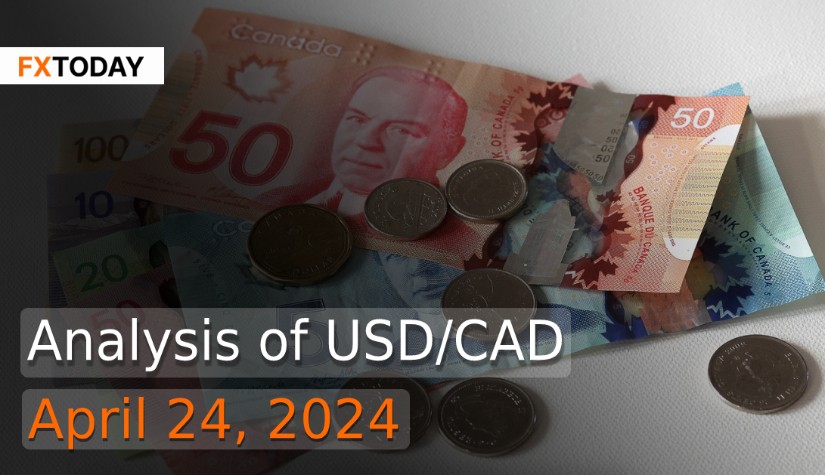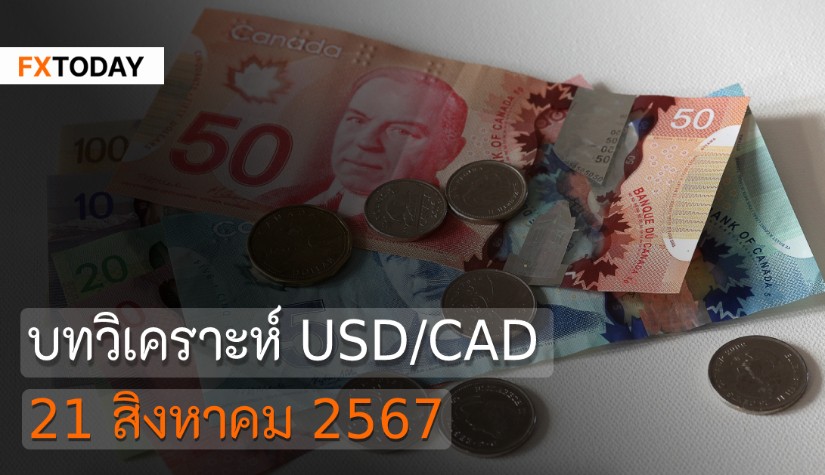Canada Faces Inflationary Pressure, Housing Crisis, and Political Strain
In March, Canada witnessed an anticipated increase in its annual inflation rate to 2.9%, driven primarily by higher gasoline prices due to supply concerns and production cuts. However, the central bank's core measures of underlying price pressures decreased for the third consecutive month, hinting at a potential interest rate cut in June. Despite the headline inflation matching analysts' forecasts, excluding gasoline prices showed a slowdown in inflation to 2.8% from the previous month.
The consumer price index experienced a notable month-over-month rise of 0.6%, the most significant since July 2023, albeit slightly below the projected 0.7% increase. Since January, inflation has remained below 3%, aligning with the Bank of Canada's predictions for the first half of 2024. Bank of Canada Governor Tiff Macklem noted that while headline inflation reached close to 3%, core inflation measures continued to decline, indicating a softening of underlying inflationary pressures.
Following the release of the data, there was an increased probability, from 44% to approximately 55%, of a rate cut in June. Consequently, the Canadian dollar depreciated against the U.S. dollar, reaching a five-month low.
In other economic developments, the Canadian government faces challenges in managing its finances amidst ambitious spending plans, particularly in addressing housing affordability issues. Finance Minister Chrystia Freeland must navigate between increasing savings or raising taxes to mitigate the risk of further straining government finances. The government's deficit for the fiscal year ending March 31 is estimated to exceed initial projections, primarily driven by increased government expenditures.
The housing crisis in Canada, exacerbated by a shortage of supply, has become a significant political issue, impacting public opinion ahead of the next election scheduled for September 2025. Prime Minister Justin Trudeau's government has unveiled plans to address the housing shortage by leasing public land for affordable housing construction. However, these initiatives fall short of meeting the projected housing demand from 2023 to 2030.
To fund housing programs, the Canadian government introduced a new tax on wealthy individuals, aiming to generate additional revenue over the next five years. Despite concerns about the potential impact on investment, the government defends the tax measure as a means to enhance fairness in the tax system. Nevertheless, economists warn that such tax policies could hinder investment, contributing to Canada's ongoing productivity challenges.
On Wednesday, the U.S. dollar faced significant declines, attributed to slowing U.S. business growth. However, Bank of America observed a bullish sentiment toward the U.S. dollar among investors following recent meetings, fueled by Federal Reserve repricing after CPI data and ongoing geopolitical events. Perceptions regarding the impact of U.S. elections on the currency market have shifted, with the previously dominant expectation of a stronger dollar in case of a Republican sweep becoming less widespread.
U.S. business activity in April hit a four-month low due to weakened demand, accompanied by a slight decrease in inflation rates despite sharp increases in input prices, potentially offering relief for the Federal Reserve. The slowdown affected both the manufacturing and services sectors, with employment experiencing its first decline since June 2020, primarily in services. Economic momentum at the start of the second quarter appears weaker compared to the previous quarter, with GDP likely increasing at a 2.4% annualized rate.
Although sales of new U.S. single-family homes rebounded in March due to a persistent shortage of previously owned houses, momentum may be hindered by a resurgence in mortgage rates. The Commerce Department's report highlighted a rise in the median house price to a seven-month high, potentially exacerbating housing affordability issues, particularly for first-time buyers.
Market expectations for a first-rate cut by September stand at 73%, based on the release of the Fed's preferred consumer inflation measure, the PCE deflator. As a result, it is anticipated that the USD/CAD currency pair will persist in trading within the higher range, given the similarity in returns between the two countries.
Data for Technical Analysis (1H) CFD USD/CAD
Resistance : 1.3661, 1.3663, 1.3665
Support : 1.3657, 1.3655, 1.3653
1H Outlook
Source: TradingView
Buy/Long 1 If the support at the price range 1.3652 - 1.3657 is touched, but the support at 1.3657 cannot be broken, the TP may be set around 1.3662 and the SL around 1.3650, or up to the risk appetite.
Buy/Long 2 If the resistance can be broken at the price range of 1.3661 - 1.3666, TP may be set around 1.3670 and SL around 1.3655, or up to the risk appetite.
Sell/Short 1 If the resistance at the price range 1.3661 - 1.3666 is touched, but the resistance 1.3661 cannot be broken, the TP may be set around 1.3656 and the SL around 1.3668, or up to the risk appetite.
Sell/Short 2 If the support can be broken at the price range of 1.3652 - 1.3657, TP may be set around 1.3649 and SL around 1.3663, or up to the risk appetite.
Pivot Points Apr 24, 2024 02:52AM GMT
|
Name
|
S3
|
S2
|
S1
|
Pivot Points
|
R1
|
R2
|
R3
|
|---|---|---|---|---|---|---|---|
| Classic | 1.365 | 1.3653 | 1.3656 | 1.3659 | 1.3662 | 1.3665 | 1.3669 |
| Fibonacci | 1.3653 | 1.3655 | 1.3657 | 1.3659 | 1.3661 | 1.3663 | 1.3665 |
| Camarilla | 1.3658 | 1.3659 | 1.3659 | 1.3659 | 1.3661 | 1.3661 | 1.3662 |
| Woodie's | 1.365 | 1.3653 | 1.3656 | 1.3659 | 1.3662 | 1.3665 | 1.3669 |
| DeMark's | - | - | 1.3658 | 1.366 | 1.3664 | - | - |
Sources: Investing 1, Investing 2
















